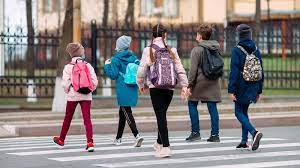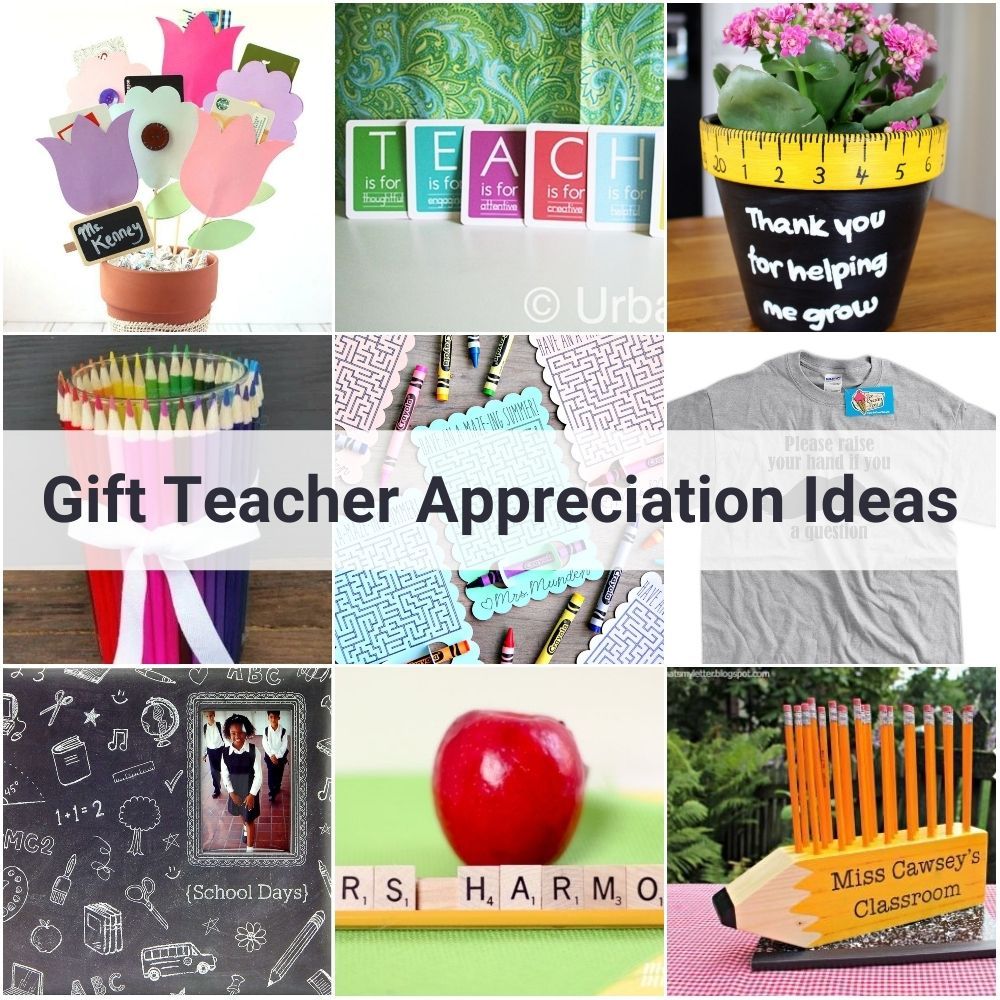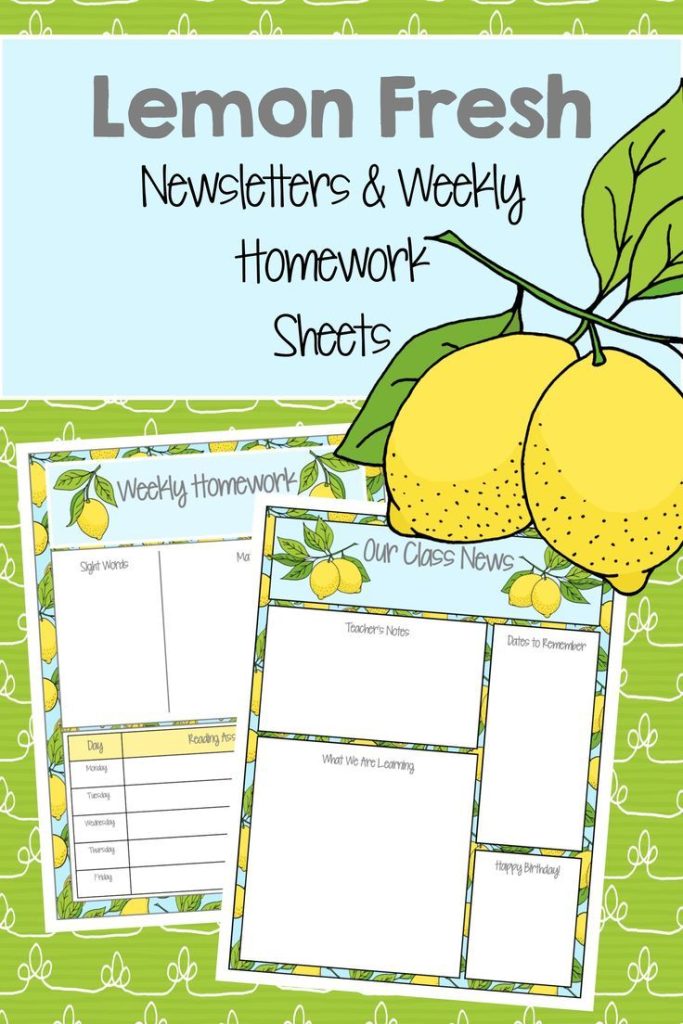In today’s technology-driven world, it’s hard to believe that something as simple as an old-school device could be the key to unlocking unparalleled excitement and wonder in the classroom. As a teacher constantly searching for innovative ways to engage my students, I was surprised to find that this antiquated technology revitalized their curiosity and love for learning.
Introducing the marvel of vinyl records, a forgotten relic from the past. Though digital music dominates the present landscape, the charming crackle and rich analog warmth of vinyl records offered an unparalleled experience that rekindled my students’ fascination with music and audio engineering.
My experiment started by designating an area in the classroom as a “Vinyl Corner.” Students were encouraged to bring their own records or borrow from my extensive collection spanning various genres. Equipped with a record player, a pair of headphones, and ample comfortable seating – our Vinyl Corner quickly became a hub for auditory exploration.
The first few weeks saw my students hesitantly approaching this alien technology. However, they soon found themselves enthralled by the process: carefully lowering the stylus needle onto precisely placed grooves, attentively rotating the record to find their desired track, and observing how this seemingly outdated medium produced music without electricity or digital intervention.
The introduction of vinyl records into my classroom spurred vital discussions around technological evolution, ultimately enabling students to compare and contrast vinyl with digital formats such as MP3s or streaming services. Observing my classroom transform into an immersive music history lesson brought joy to both my heart and theirs.
Taking this one step further, I invited local DJs and professional audio engineers from recording studios – individuals who still use these turntables as part of their trade – to lead interactive workshops with my students. These experts shared their insights on how older techniques could be superior in creating dynamic soundscapes for artistic expression.
Moreover, students have been captivated by the accompanying cover art, liner notes, and unique packaging of vinyl records. Our dedicated “Album Art Appreciation Day” prompted discussions on visual storytelling and the importance of cohesive artistic visions when crafting complete musical experiences.
As my students delved into the world of vinyl records, it became apparent that this time-honored mode of sharing music was about more than just the sound output; it taught them valuable lessons in patience, collaboration, and the appreciation of tangible technology.
Though several decades have passed since vinyl records were an essential household item, their introduction to my classroom provided a fresh perspective on experiential learning. Sometimes old-school technology teaches modern-day lessons that other mediums cannot offer. So welcome to our Vinyl Corner – where past meets present and learning comes alive through sound.











